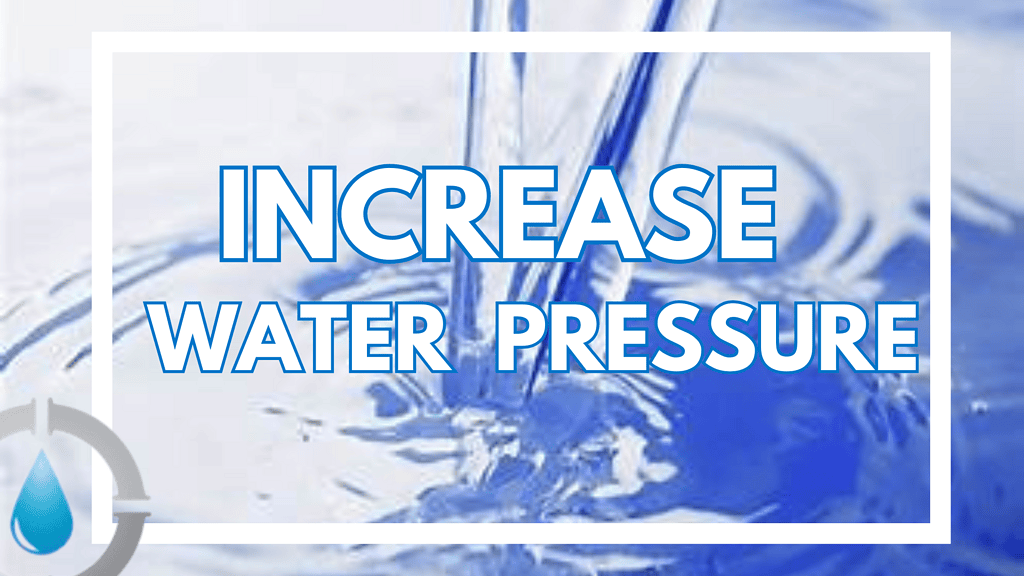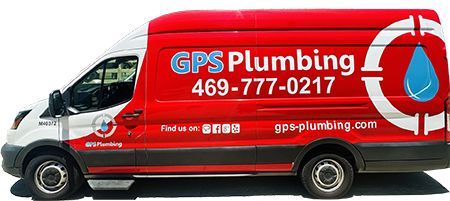
How to increase water pressure in your home is a common concern, especially when dealing with weak showers or slow faucets. Low water pressure can be frustrating, whether it’s a weak shower stream or slow-filling sinks. Fortunately, there are various ways to boost your home’s water pressure. From checking for blockages to adjusting your pressure regulator, here’s a guide to help you get the most out of your plumbing system.
1. Check for Blockages
One of the most common causes of low water pressure is clogged pipes. Over time, mineral deposits, debris, or even small leaks can block the flow of water. If you notice a gradual decrease in water pressure, it may be time to clean your pipes or have them inspected by a professional plumber like GPS Plumbing.
- Pro tip: Hard water can contribute to clogged pipes faster. Read more about the effects of hard water and how to mitigate them in our blog on Water Heater Maintenance.
2. Install a Pressure-Boosting Pump
For homes with consistently low water pressure, a pressure-boosting pump may be the best solution. These devices are installed in your plumbing system to increase the water pressure throughout the house.
- External resource: Learn more about pressure-boosting pumps and how they work in this This Old House.
3. Adjust Your Pressure Regulator
One of the main ways to control and improve your water pressure is by checking your pressure regulator, also known as a pressure reducing valve (PRV) controls the water pressure coming from the municipal supply into your home. If it’s set too low, you might experience weak water flow. Locate your regulator (PRV) (often near your main water shut-off valve) and adjust it. If you’re noticing lower-than-expected water flow, you can adjust your pressure regulator (PRV), this valve can significantly improve the pressure throughout your plumbing system.
- Pro tip: We recommend maintaining water pressure below 75 PSI to avoid damage to pipes. If you’re unsure about adjusting your pressure regulator, reach out to GPS Plumbing for expert help.
Suggested Read: Water Pressure Tips
4. Inspect for Leaks
Leaks, especially in older homes, can drastically reduce water pressure. Even a small, unnoticed leak can cause a significant drop in pressure. Consider scheduling a leak inspection to pinpoint any issues early on.
- Pro tip: Read our detailed guide on Leak Detection to identify signs of leaks before they become major problems.
5. Replace Old Plumbing Fixtures
Old or corroded fixtures, especially in older homes, can restrict water flow. Upgrading to modern fixtures can restore optimal water pressure. Consider installing water-saving fixtures that are designed to maintain good pressure while conserving water.
- Discover modern, efficient plumbing fixtures at Pfister’s website.
Low water pressure can have many causes, but with these tips, you can start improving your water flow today. Whether it’s cleaning pipes, upgrading fixtures, or adjusting your pressure regulator, there’s always a solution for every home. Discover how to increase water pressure in your home with these expert tips. From adjusting regulators to clearing blockages, boost your water pressure easily with help from GPS Plumbing.
If you’re unsure where to start, don’t hesitate to contact GPS Plumbing. Our experienced team offers solutions for all your plumbing needs, helping you maintain strong water pressure and reliable service. Learn how to easily boost your home’s water flow by adjusting your pressure reducing valve (PRV) with expert tips from GPS Plumbing.

